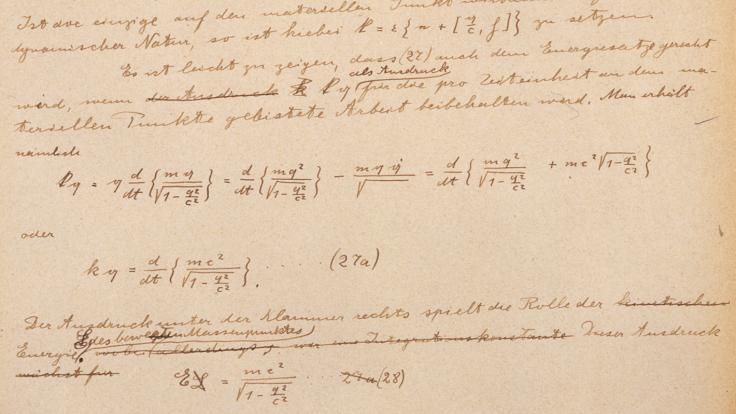What's in a name?
I have heard conflicting reports as to who decided to call one of the most spectacular intellectual innovations of human history "the Standard Model," physicists' best construct for explaining the range and behavior of elementary particles that make up the universe as we know it.





